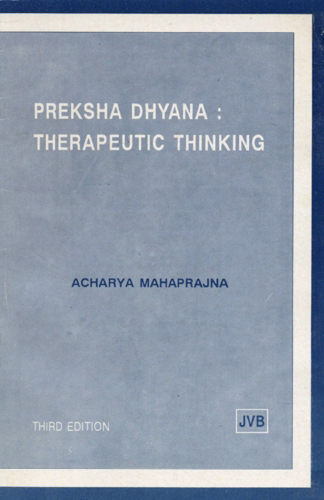Duty means something which one is bound to fulfil or perform irrespective of whether one is externally compelled to do or not. Thus loyalty to duty springs from an interior moral or ethical impulse rather than from external demands. Duty signifies both a particular task as well as the general motion of work to be done. Functional loyalty focuses on objective purpose as discharged in the performance of particular duties and proper execution of activity demanded by one's position, profession etc. The virtue of loyalty to duty enhances the sense of responsibility for the fulfilment of which one may be called upon to answer to a particular person, the public in general or a Divine being. Loyalty is not only legal obligation but emphasizes devotion and a profoundly personal commitment
Instructions for the Exercise
| 1. | Sit in a comfortable posture with spine and neck in a straight line, eyes softly closed. | |
| 2. | Recite Mahāprāṇa Dhvani. | 2 minutes |
| 3. | Regulate your breath, making it slow, deep and rhythmic, | 5 minutes |
| 4. | Practise subtle bellows breathing | 4 minutes |
| 5. | Attain relaxation (KĀYOTSARGA) acquiring motionless state of the body. | 5 minutes |
| 6. | Focus your full attention on "Centre of Peace" (the frontal lobe of the cerebrum and repeat the following sentences first loudly (4 minutes), then softly (4 minutes) and finally contemplating mentally (4 minutes).
| Total 12 minutes. |
| 7. | Terminate the exercise by reciting Mahāprāṇa Dhvani. | 2 minutes |
 Acharya Mahaprajna
Acharya Mahaprajna

